While they are available now year-round, apples are technically a seasonal fruit for fall. That is probably why so many warm dishes were made with them during the Victorian era. Apples in the Victorian era were a very popular and common ingredient, even served as a dessert dish on their own. There was also a jump in interest in the fruit, with botanists studying various varietals and how to create new ones. I recently went looking for a recipe for baked apples and came across several recipes from the 19th century. As fall is sweeping the country I thought our readers may like to celebrate with a bit of Victorian flavor.
Do you cook with apples often? Let us know in the comments.
An interest in apples
The Victorian era was a massive time for plants of all kinds. The surge of interest in studying nature included everything from bugs to bananas. The science-minded were interested in documenting the various types and varieties of pretty much anything that lived outdoors and the apple got a particular amount of attention.
Identifying and cultivating were both focused on. Below are some gorgeous illustrations of some varietals found during the Victorian era.
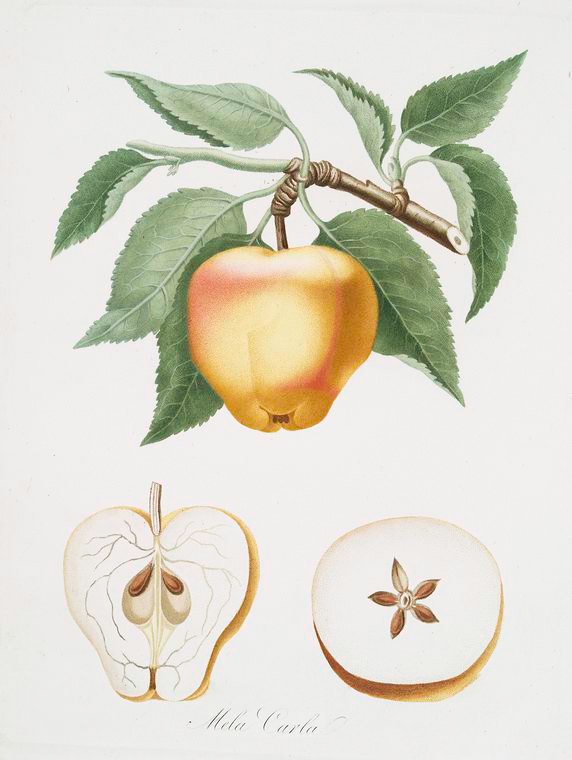
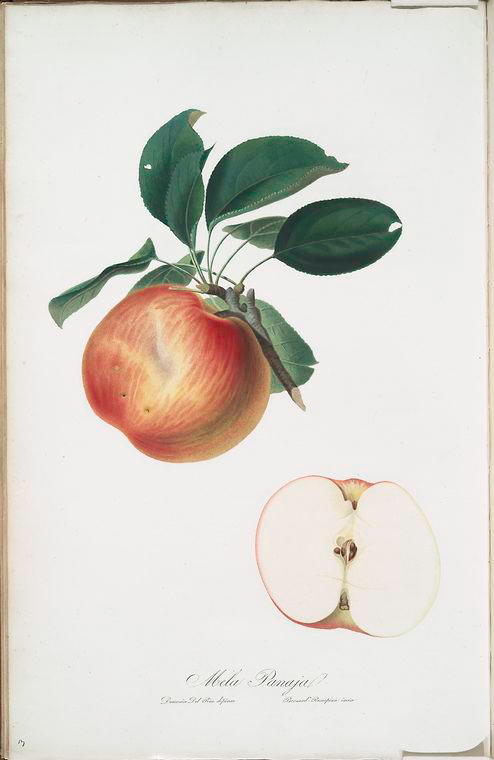
The number would grow and grow. Grafting, the technique of forging branches of two different fruits or vegetables together with the intent on creating new produce with qualities of both was a widely popular practice. Being a robust fruit grown on thick branches the apple was a natural candidate. Ultimately thousands of varieties were created and/or identified, especially in England, though only a small fraction of those are in production today.
This craze resulted in a huge increase in production as well. According to Crumbs on the Table, around 3,000 new orchards were planted each year during the 1880s and 90s. This is probably why so many recipes reside in all of the 19th-century cookbooks I flipped through for this post.
Keep reading for some of them to prepare.
The popularity of apples also led to the emergence of bobbing for apples. Learn about the surprising history of this game here: The unexpected romantic history of bobbing for apples.
Enjoying an apple on its own
Apples were such a popular snack during the 19th century that special devices were produced to allow people to easily enjoy them nice and fresh. This was similar to the use of nutmeg grinders that we explored in the post: 19th century spicy trinkets: Nutmeg graters.
Something that I enjoyed coming across was this contraption used to core and cut an apple on the go.
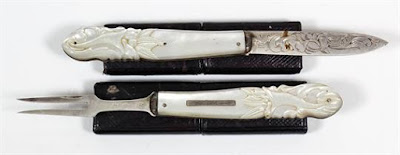
Apples were also a common after-dinner treat in the Victorian era, served both as part of baked desserts and on their own. When served on their own the use of special fruit forks and knives would be used, allowing one to easily hold the apple in place while cutting it into bite-sized pieces (can you imagine an apple getting so much attention at the dinner table?).
Says the V&A Museum of the set below: “A Victorian etiquette book of 1880 advised, ‘In eating pears or apples, they would be peeled and cut into halves and quarters with a fruit knife and fork.”
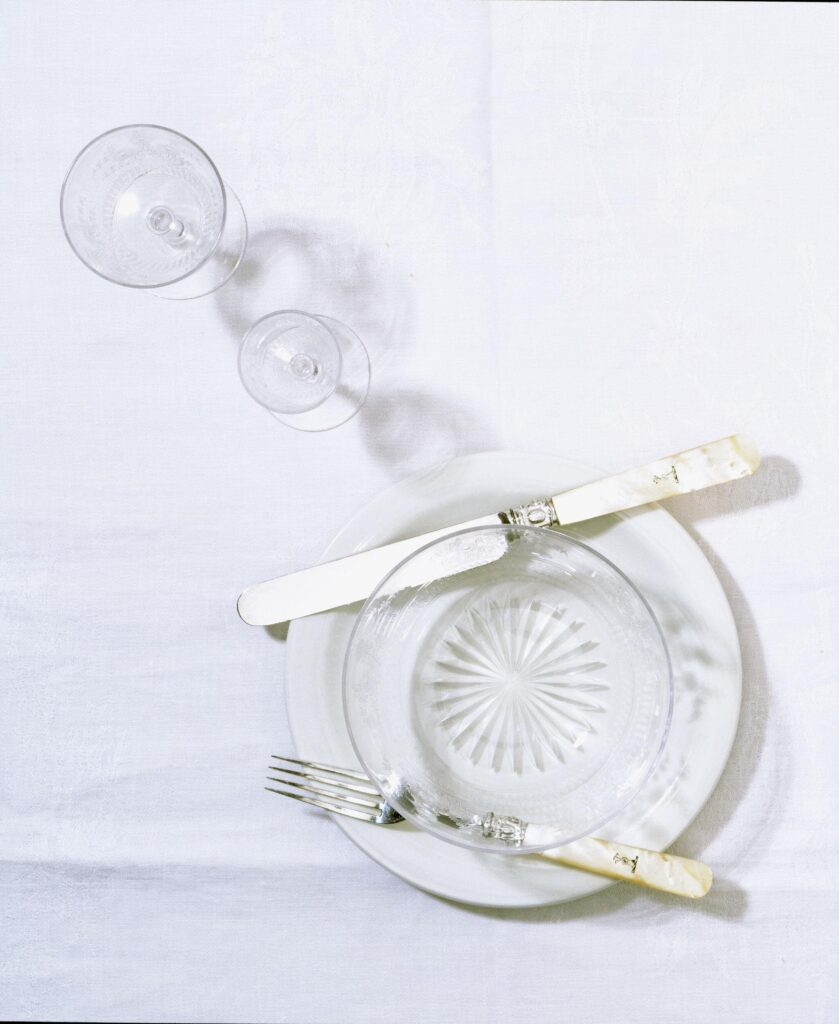
And of course, the apple peeler/corer. I was excited to know that this clever device was invented in the 1860s. While the Apple Museum says that the first patent was issued to E.L. Pratt in 1863, from what I can tell it was the brainchild of a David H. Goodall, an inventory of many Victorian-era appliances to be used in the kitchen. By 1866 they were making quite the splash and undoubtedly making things much easier for chefs far and wide.
To learn more about Goodall’s inventions check out this video.
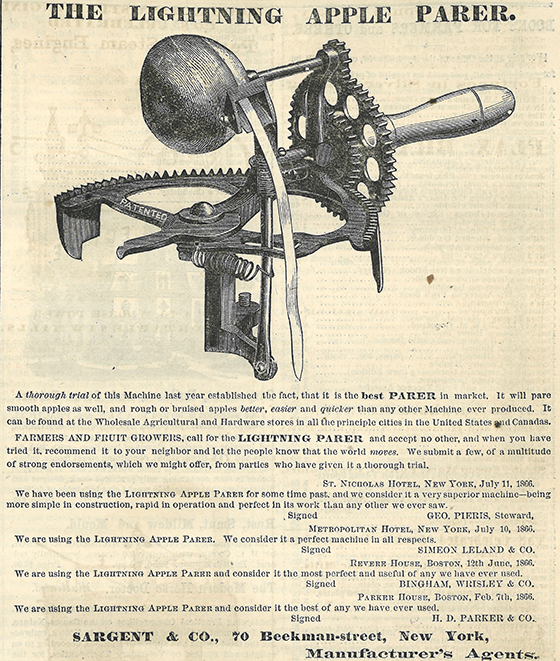
An apple a day
Around the exact time that the apple peeler/corer was appearing in kitchens the notion that they also contributed to health was also shaped. This coincided with the increasing interest in physical well-being. The derivation of the phrase likely comes from Pembrokeshire saying first recorded in 1867: ‘Eat an apple on going to bed, and you’ll keep the doctor from earning his bread.”
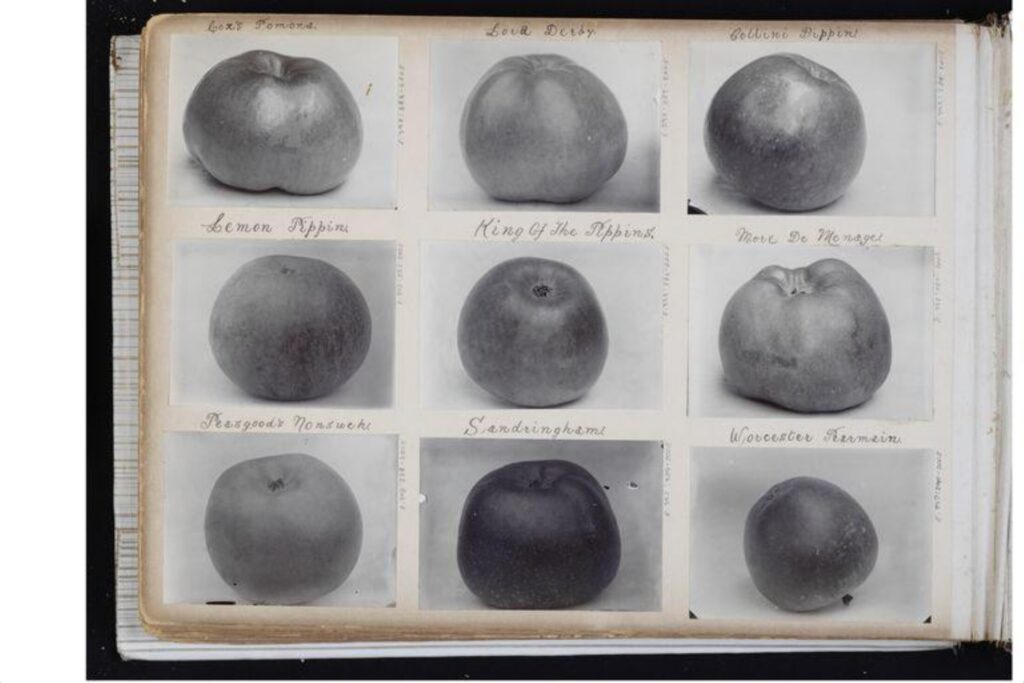
While some sources claim that “an apple a day keeps the doctor away” was first recorded in 1912, other sources, such a good ol’ Wikipedia suggest much earlier:
“The modern phrasing, “An apple a day keeps the doctor away”, began usage at the end of the 19th century, with early print examples found as early as 1887.”
The concept is generally believed to be true still today. Read all about it:
Healthline: An Apple a Day Keeps the Doctor Away — Fact or Fiction?
The Conversationalist: Does an apple a day really keep the doctor away? A nutritionist explains the science behind ‘functional’ foods
Pritikin: An Apple a Day Really Does Keep the Doctor Away
Apple ladies
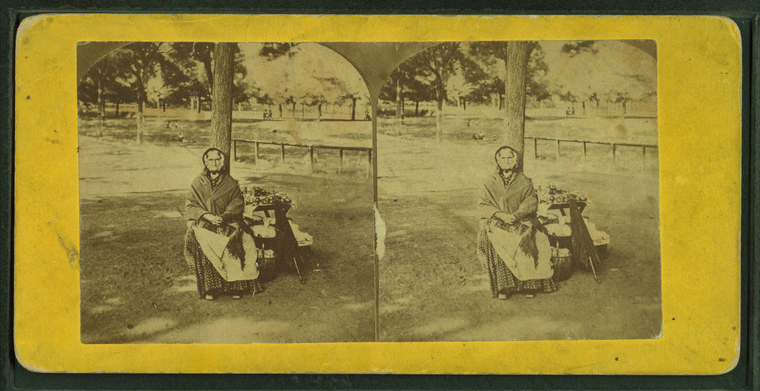
Along with the increase in demand for apples came a larger market for them. “Apple ladies” appeared on busy thoroughfares, keeping pantries well-stocked. I think one reason for this may have been that apples are strong enough to be peddled around, though I can’t say for sure why it was an occupation associated with women. What do you think?
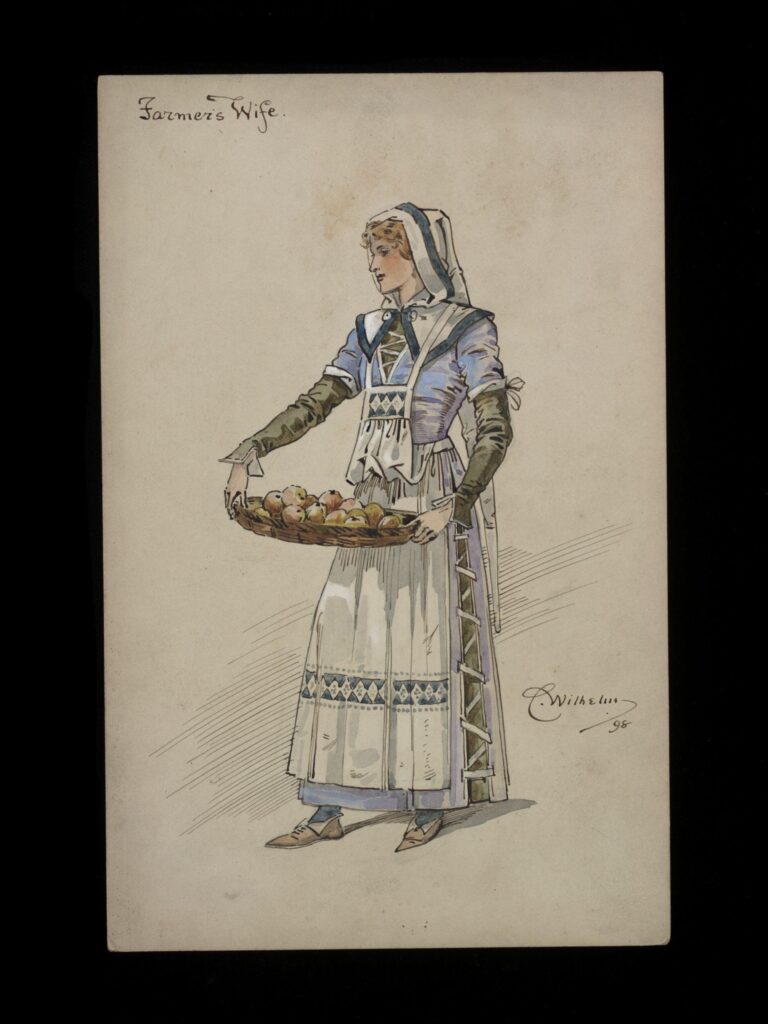
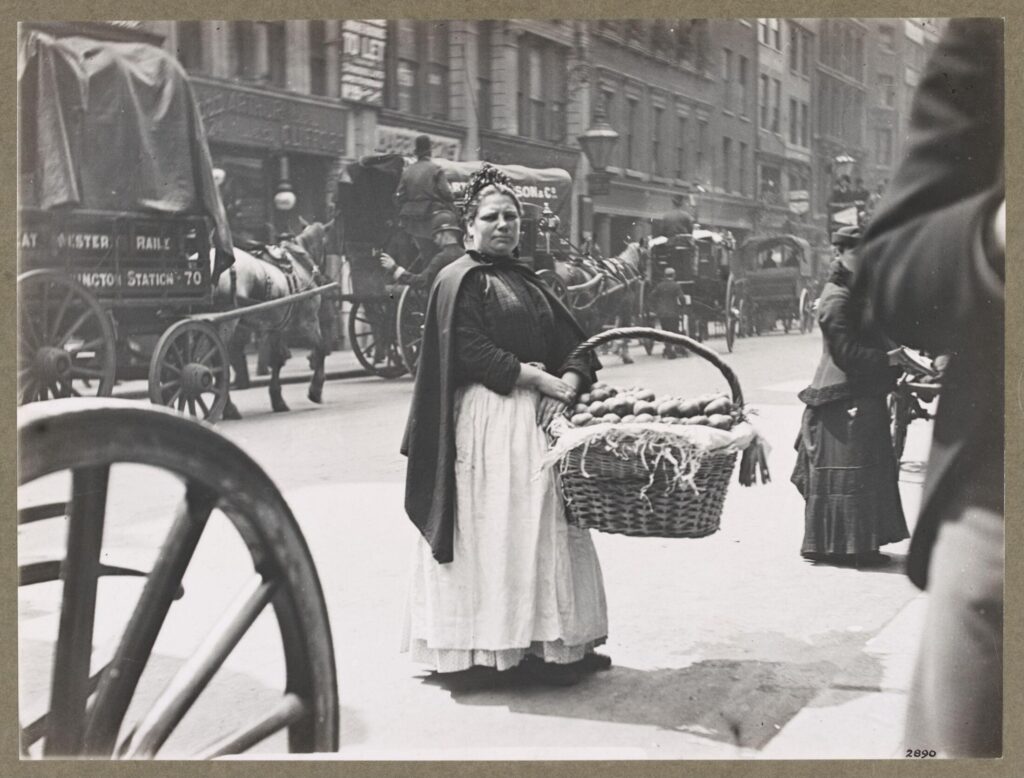
The appearance of apple ladies was so common that there is a reference to one in a draft manuscript of Walt Whitman’s:
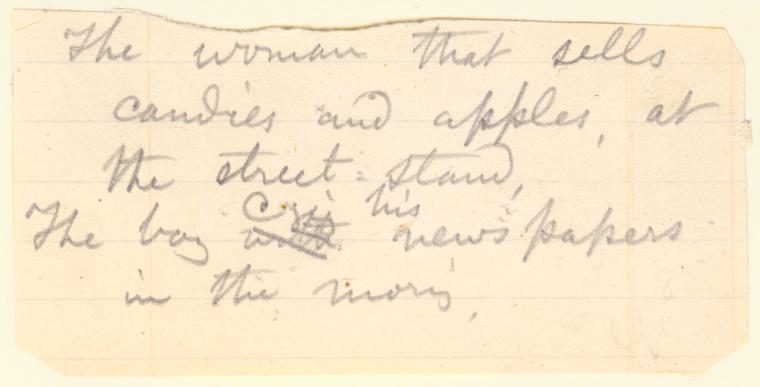
“The woman that sells candies and apples at the street…”
Apples in the Victorian era: Recipes
And now for fun in the kitchen! I consulted several 19th-century cookbooks to find themes, unusual uses of apples, and other fun fall things for our readers to enjoy. Make sure to let us know if you try any of them!
For of all, an honorable mention, if not the winner: Apple custard hedgehog
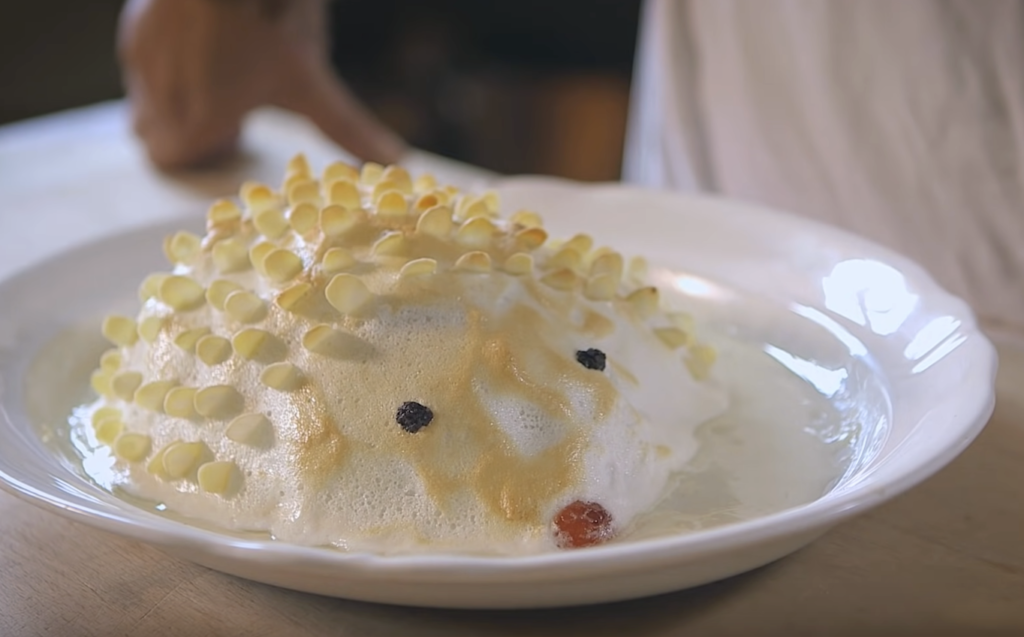
Learn to make it here: Apple hedgehog
(make sure to watch all of the way to the end, you won’t regret it!)
Apple dumplings
One of the most common recipes using apples was dumplings. I can’t say that I’ve seen many served during my lifetime, but they were obviously enormously popular in the 19th-century apple craze.
Kristen Holt, for instance, did an entire post on Victorian apple dumplings and sites a large number of recipes: Victorian Apple Dumplings.
In the 1896 edition of The Cook Book (creative title, I know) there are multiple recipes on just one page:
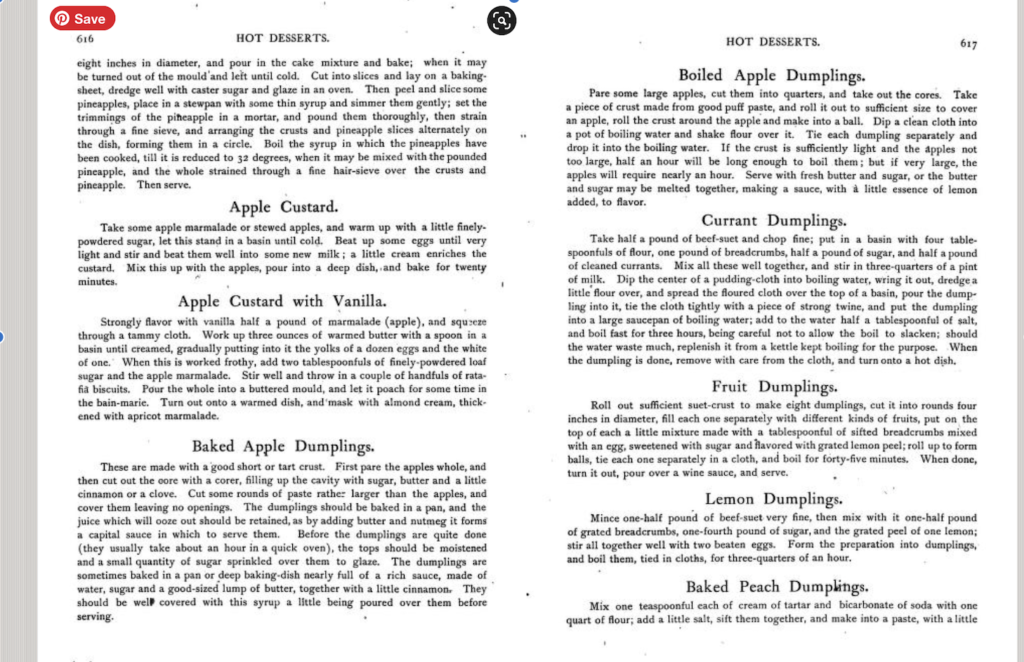
If you’d like to learn how to make them (the fashionable way) please click on this fun video by English Heritage: How to Make Fashionable Apple Dumplings – The Victorian Way
And now for one I think sounds particularly distasteful: Chocolate apple custard
From The Cook Book:
Peel, core, and cut in quarters a few cooking-apples, put in a pan with a small quantity of water, sweeten and dust in some cinnamon. Cook the apples over the fire until reduced to a pulp. Scrape a pound of chocolate in a saucepan with six ounces of sugar, and one quart of milk. Beat the yolks of six eggs and the whites of two. When it begins to boil pour in the eggs, stirring gently all the time. Pour the chocolate over the apple pulp, set the dish in a pan of boiling water and stand on the fire till firm.
(Yes, this was the days before proper measuring, so good luck!).
And of course: Apple pie
1890’s One thousand and one useful recipes and valuable hints about cooking and housekeeping has multiple recipes:
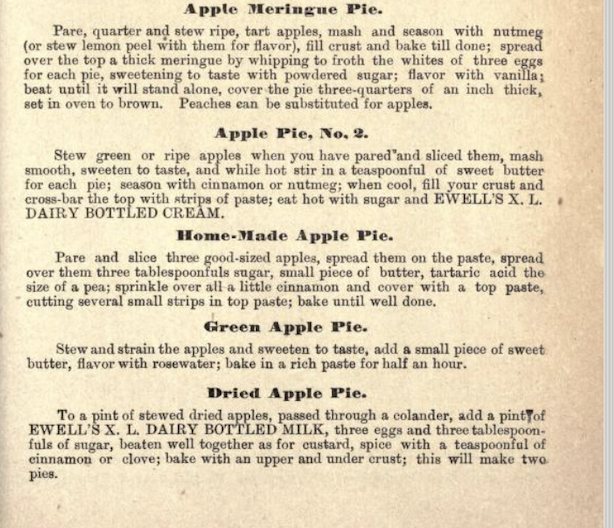
Goose giblets
The Cook Book had one more recipe I thought would be of interest to readers:
Goose’s Giblets Stewed with Apples.
After cleaning the giblets thoroughly, cut them up and put them in a stewpan with an onion stuck with three cloves, a small bunch of parsley and a little water; dust in salt and pepper and stew them gently; peel some apples, cut them in quarters and core; put them in a stewpan with a small quantity of water, a slice of lemon peel, brown sugar to taste, and cook them gently until soft, but without breaking; put one ounce of butter in a saucepan with a tablespoonful of flour, and stir it over the fire until brown; then mix in a small quantity of the cooking liquor of the giblets; strain the syrup off the apples mix it in with the sauce and stir over the fire until thick and smooth. Take a tablespoonful of currants, wash them thoroughly and put them in boiling water until plump. Remove the onion and parsley from the giblets, pour the sauce in with them and color darkly with caramel. After draining them, mix the currants, and the quarters of apples in with the giblets and make all hot together.
Apple cocktails
The Victorian era was a good time for cocktails. I took a fun look at this in Victorian cocktails: The Golden Age of mixology.
As apples became more popular in the kitchen they also found their way behind the bar. There were two drinks that were most requested using the sweet fruit. The first is one that I think I could enjoy on a cold night, an apple toddy.
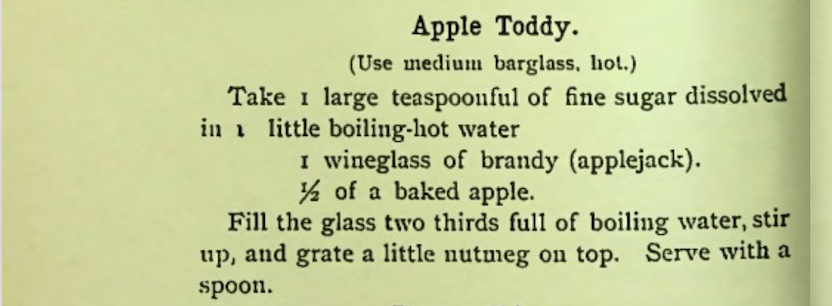
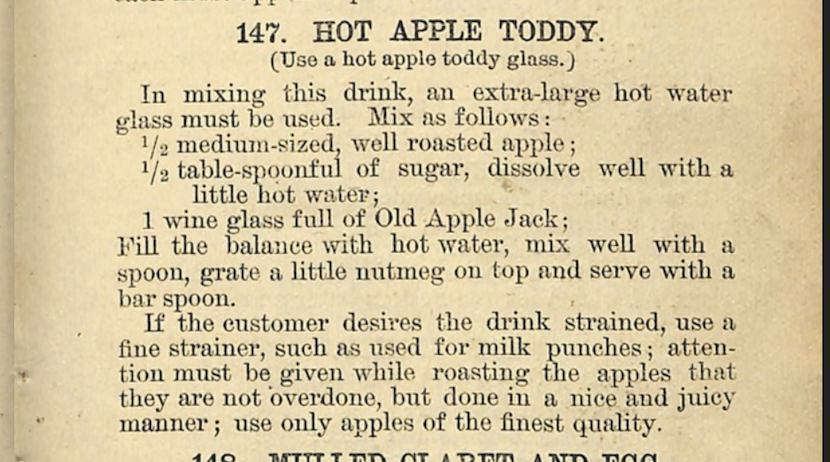
The second that came up time and time again in the bartender manuals I browsed was an apple jack or an apple jack sour.
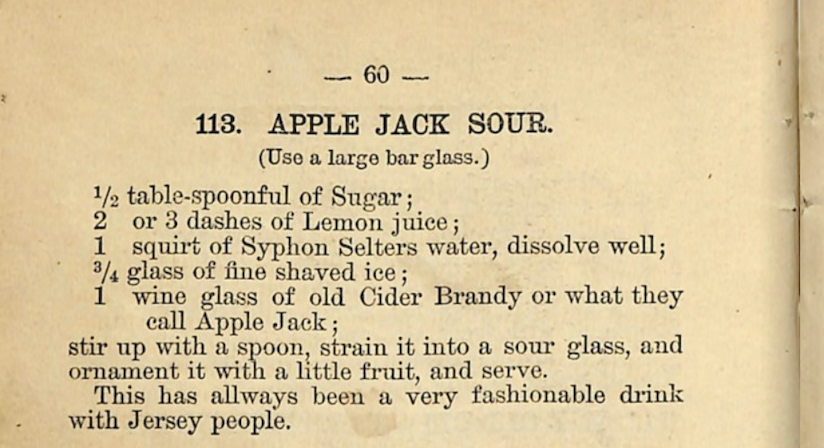
I bet you’d wow your guests with one of those unexpected apple cocktails this holiday season!
Did you love learning about the Victorian interest in apples? You may also like these food-related posts:
Five fun facts about pumpkin pie

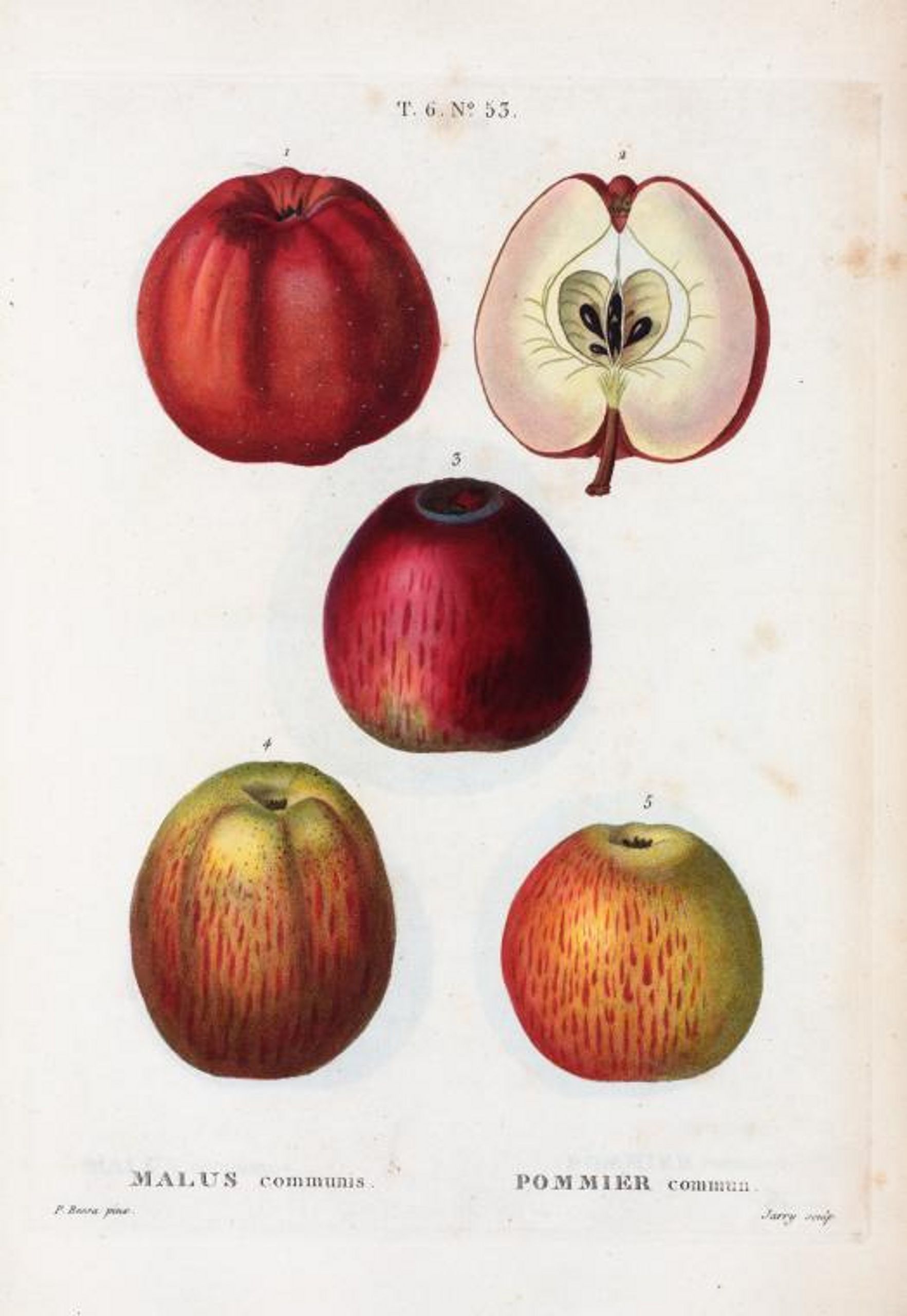




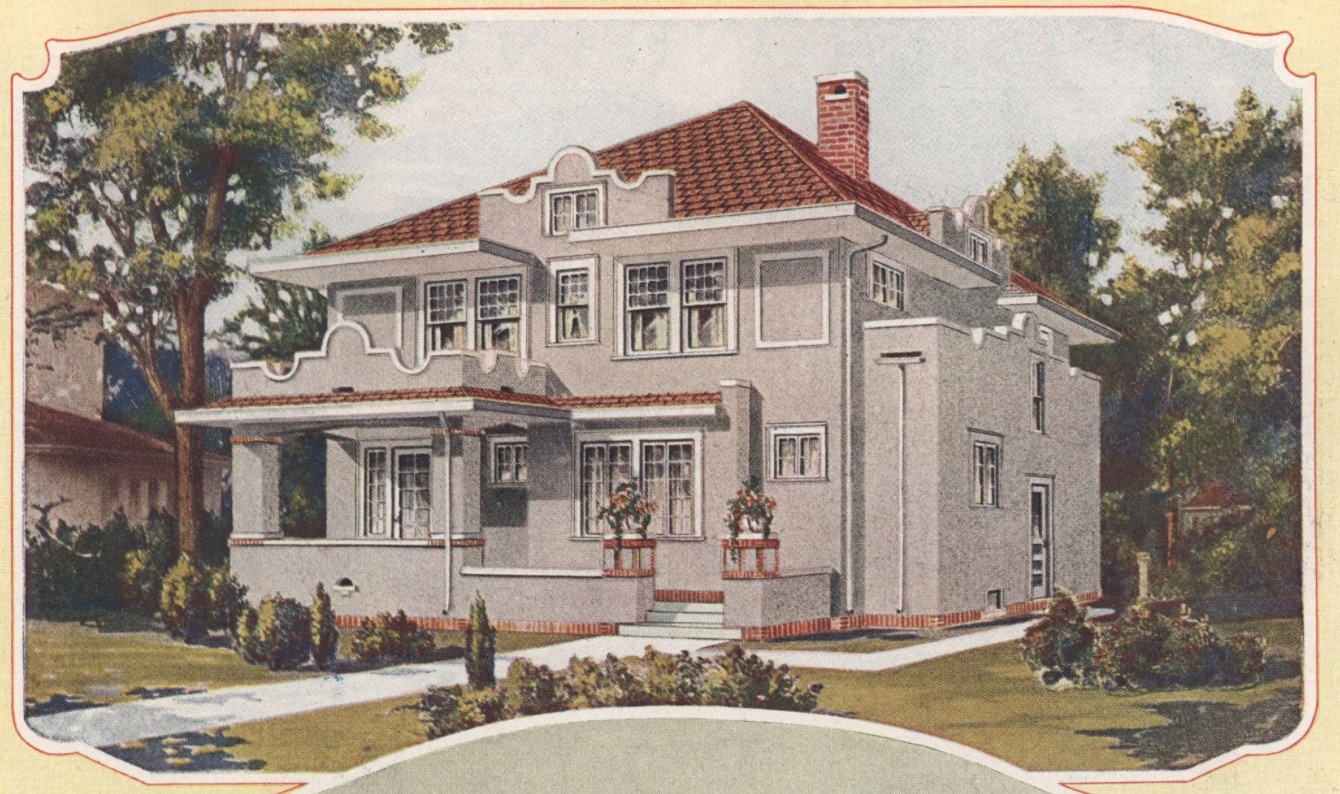
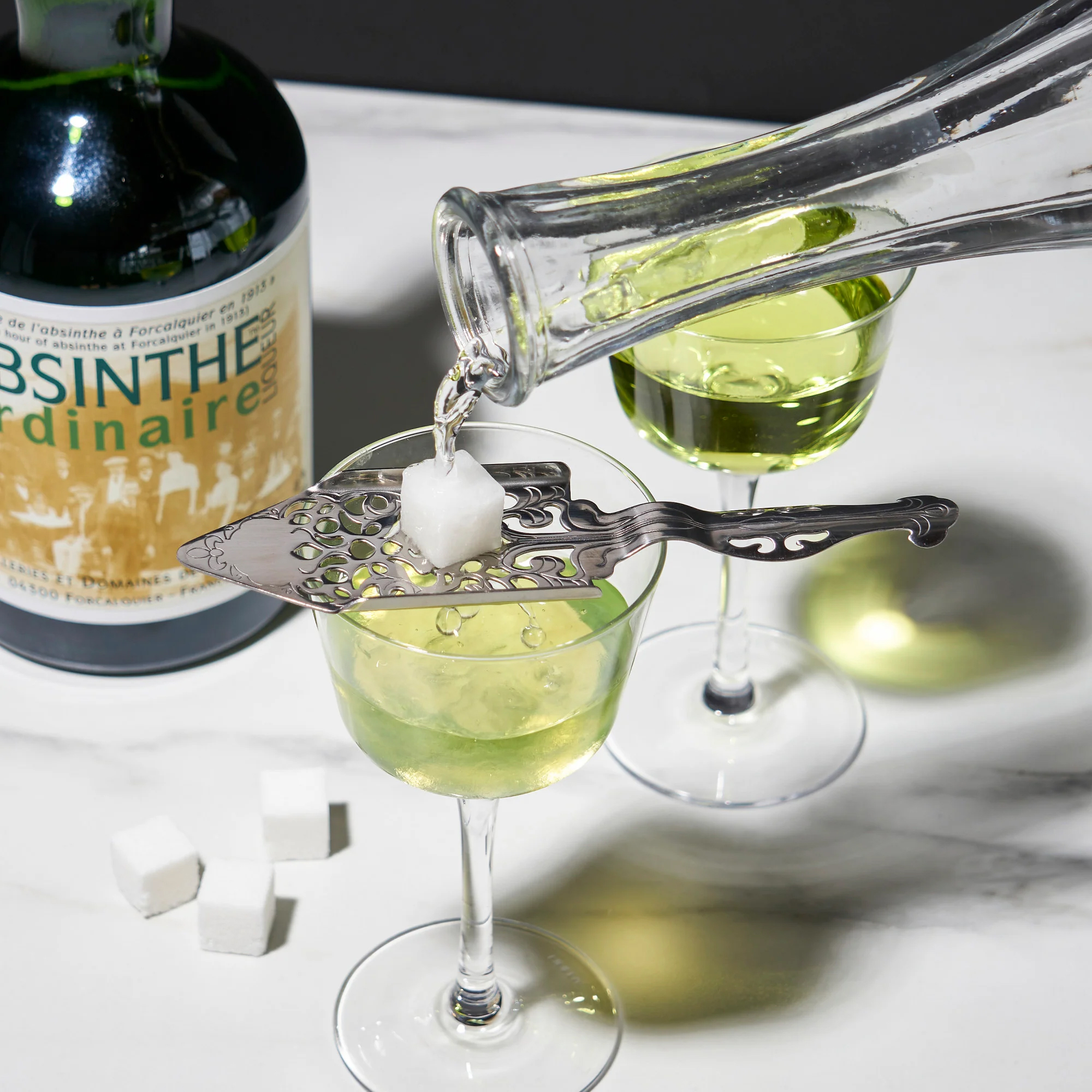






Janice, I just read your story about women in the Civil War period smuggling items under their hoop skirts, etc. A great piece,!
I found you site while doing some research on a small collection of material we just purchased for a Colonel Edward F. Jones, commanding the 6th Massachusetts Infantry, the first regiment to answer President Lincoln’s call for 75,000 volunteers to defend the Capital at the beginning of the Civil War.
One of the items in this collection is a make-do cotton sack with waist belt of the same material used to smuggle Virginia State buttons, musket percussion caps by a Southern sympathizer and spy, Jennie Smith. Jones and his men suspected Jennie Smith, a known “notorious courtesan” as referred to in the Official Records of the Rebellion, and had her searched for contraband, thus finding this historical piece on her person. It may be of interest to you just to look at a real piece of “smuggled goods.” . The link is: https://www.jamesmountainantiques.com/product/historic-colonel-edward-f-jones-6th-26th-massachusetts-infantry-collection/
Best regards, Jim Mountain